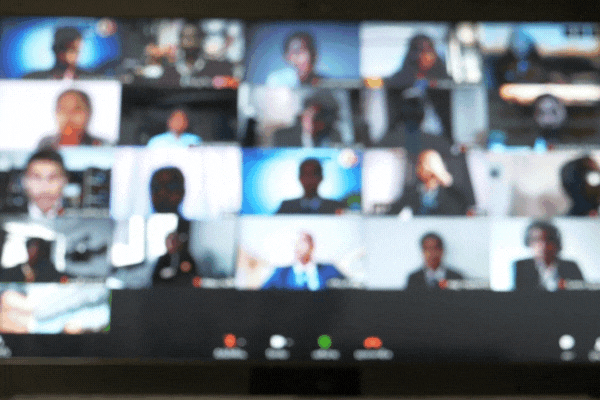On April 16, 2025, thousands of users across the globe experienced an unexpected disruption to Zoom, the widely used video-conferencing platform. The outage, which began midday EST, affected not only video meetings but also Zoom’s core web infrastructure and app functionality.
At the peak of the incident, just after 3 p.m. EST, Downdetector reported more than 67,000 user-submitted complaints about the platform’s accessibility, with disruptions continuing for over an hour.
In response, institutions that rely heavily on Zoom for daily operations scrambled to adapt. Harvard University’s IT department posted on X that the outage was confirmed to be affecting all Zoom customers. The university recommended switching to Microsoft Teams as a temporary solution for ongoing meetings and classes.
The company remained largely silent during the peak of the outage.
Some pages on Zoom’s own website became inaccessible, limiting users’ ability to access help resources. Meanwhile, social media filled with memes, complaints, and jokes. The platform finally issued a formal update shortly before 5 p.m. ET, stating, “Service has now been restored after the earlier outage, and we sincerely appreciate your patience and understanding.”
Interestingly, Zoom was not the only major platform to encounter technical issues that day. Earlier in the morning, Spotify also experienced a brief outage, though the two incidents appear unrelated.
No official cause for Zoom’s downtime was provided at the time of reporting, and users still await more technical insight from the company regarding the nature of the disruption.
Why It Matters: As a critical tool for communication in both educational and professional settings, Zoom’s reliability is crucial. This outage disrupted daily operations for thousands and underscores the broader vulnerability of centralized digital services.
- Extent of Disruption: At least 67,280 issues were reported by users on Downdetector during the peak of the outage, with a notable spike around 3:01 p.m. ET. Reports came in from the U.S. and other countries, indicating a global impact.
- Platform Functionality Affected: Users faced issues not only with joining or hosting video calls but also with logging into their Zoom accounts and accessing the main website, compounding the problem.
- Institutional Response: Harvard University’s IT department quickly acknowledged the issue and recommended switching to Microsoft Teams, a move that was likely replicated by other organizations facing similar disruptions.
- Communication from Zoom: The company did not issue a detailed statement during the height of the outage but later confirmed on X that service had been restored. No further technical explanation or root cause has been shared publicly as of now.
- Public Reaction: As often happens during major tech outages, social media served as both a complaint hub and a comedic outlet. Many users shared frustrations and memes, revealing how embedded Zoom has become in modern work culture. One viral post read: “Thoughts and prayers to all of the assistants that are currently getting yelled at by their bosses because #Zoom is down.”
Go Deeper -> Zoom restored after outage affects thousands of users globally – Reuters
Is Zoom down? Service restored after outage reported by thousands of users on April 16 – Yahoo! News







